Hey there! If you've ever found yourself in a panic after misplacing your SIM card, you're definitely not alone. Losing a SIM card can feel overwhelming, but the good news is that getting a replacement is often easier than you think. In this article, we'll walk you through a simple letter template for requesting a lost SIM card replacement, so you can get back up and running in no time. Ready to reclaim your connectivity? Let's dive in!
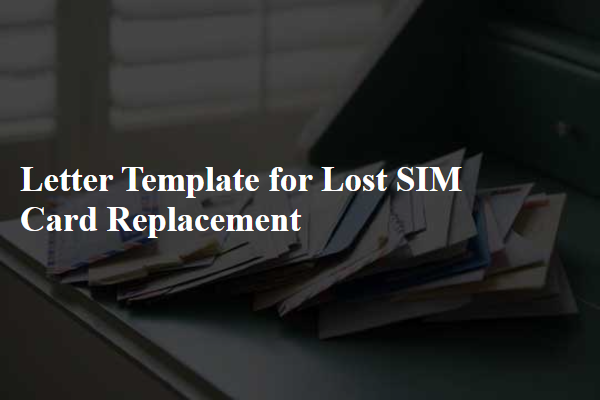
Subject line and header information
To replace a lost SIM card, the request should include the account holder's full name, contact number, and the last known address associated with the mobile account. The subject line could read: "Request for SIM Card Replacement." Include details such as mobile number linked to the account, any identification numbers (like an account number or social security number, if applicable), and a statement explaining the circumstances of the loss. Ensure the date of the request is included, along with any urgency related to the need for a prompt replacement to avoid service interruption.
Account and personal identification details
A lost SIM card replacement request requires accurate account identification and personal information. Details include a unique account number assigned by the telecommunications provider, typically consisting of 10 to 15 digits. Personal identification should include the full name of the account holder, as registered, which is essential for verification purposes. Additionally, a date of birth is often required, providing further affirmation of identity, usually in the format of day-month-year. A government-issued ID number, such as a driver's license or passport number, adds another layer of security, ensuring that the request is legitimate. An active email address linked to the account facilitates communication during the replacement process, while a contact phone number, if available, can expedite follow-up resolutions.
Loss details and circumstances
The loss of a SIM card can occur under various circumstances, such as theft, accidental misplacement, or malfunction. For instance, individuals may realize their SIM card is missing while traveling in a busy airport, like Los Angeles International Airport (LAX), where distractions abound. In crowded settings, cards may slip from wallets or pockets. Conversely, some individuals may face issues when changing devices, accidentally damaging the SIM card while removing it from a smartphone, such as the Apple iPhone 14. A specific incident often involves placing the SIM card on a surface--like a cafe table--only to forget it while rushing to catch a bus. Subsequently, the loss of the SIM card results in disruption of communication services, further emphasizing the need for prompt replacement through the telecommunications provider.
Request for SIM card replacement
Lost SIM cards can disrupt communication and access to important services. The replacement process typically requires contacting the mobile service provider, such as AT&T or Verizon, providing identification (government-issued ID, passport), and verifying account information. Customers may incur replacement fees, often ranging from $5 to $25, depending on the provider's policies. Additionally, the replacement SIM card may take from a few hours to several days to arrive, especially in remote areas. To avoid data loss, users should back up contacts and important SMS messages before initiating the replacement process.
Contact information for follow-up
Losing a smartphone SIM card can disrupt communication, especially if it contains sensitive data or personal contacts. Many mobile carriers, like Verizon or AT&T, provide procedures for replacing lost SIM cards, often requiring personal identification, such as a government-issued photo ID during in-store visits. Replacement typically incurs a fee (ranging from $5 to $25) and involves activating the new SIM card online or through customer service. Users may need to temporarily rely on alternative communication methods, like email or messaging apps (e.g., WhatsApp), until the new SIM card is active. Tracking the request through the carrier's official channels ensures a smoother experience, minimizing downtime.

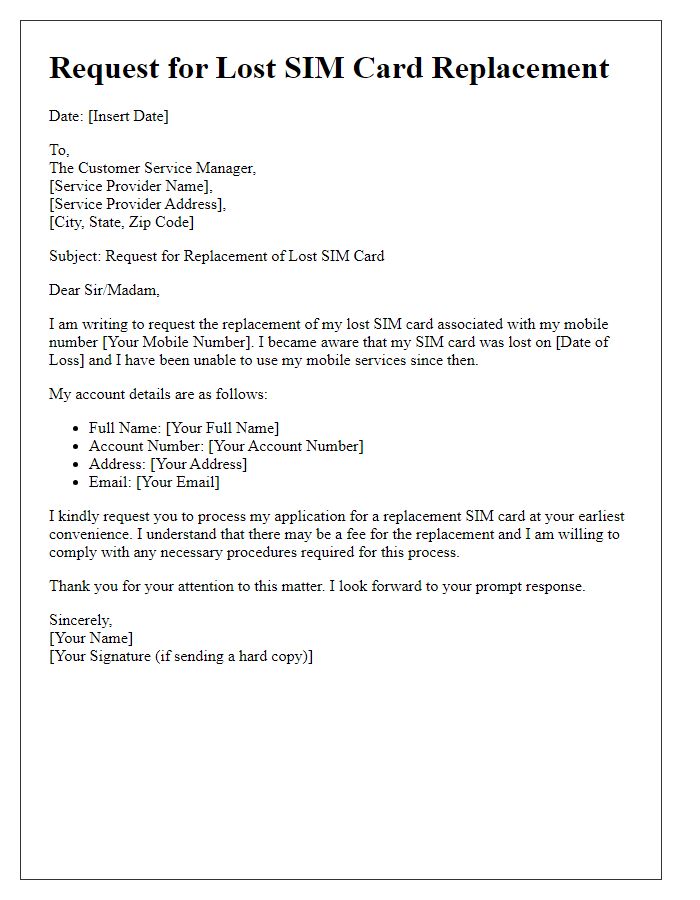
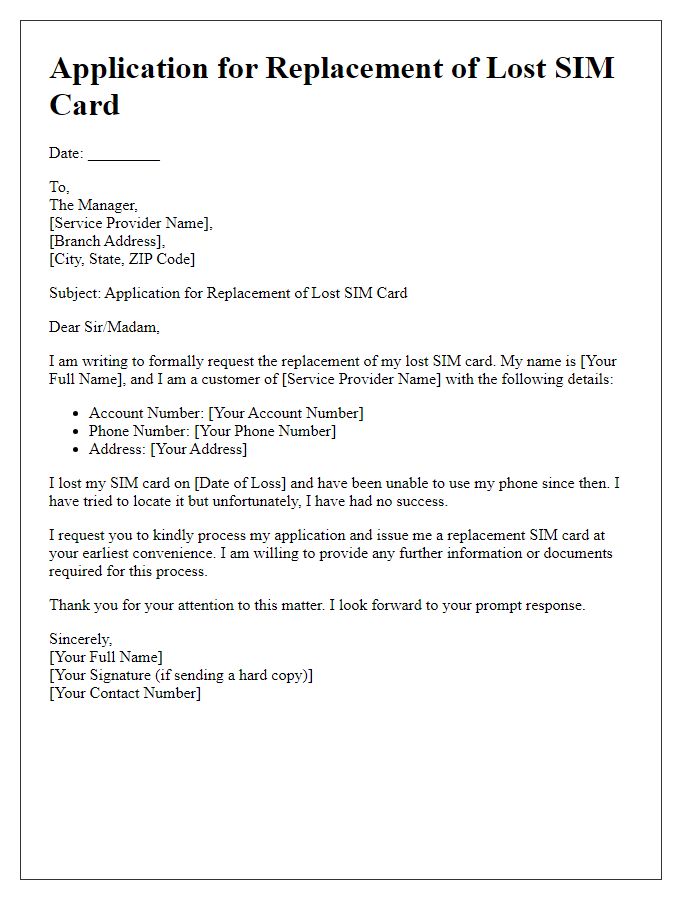
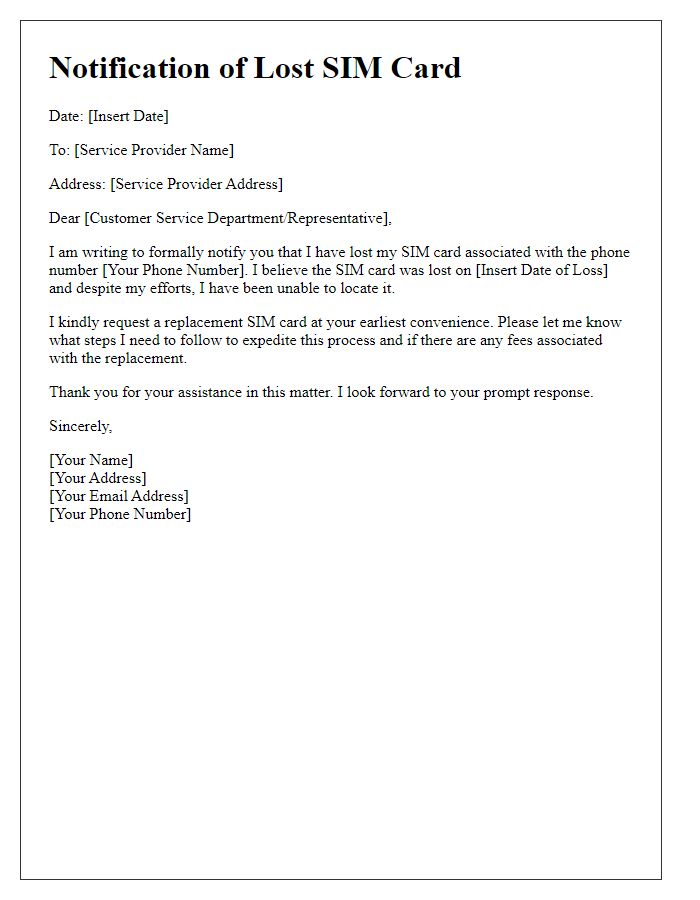
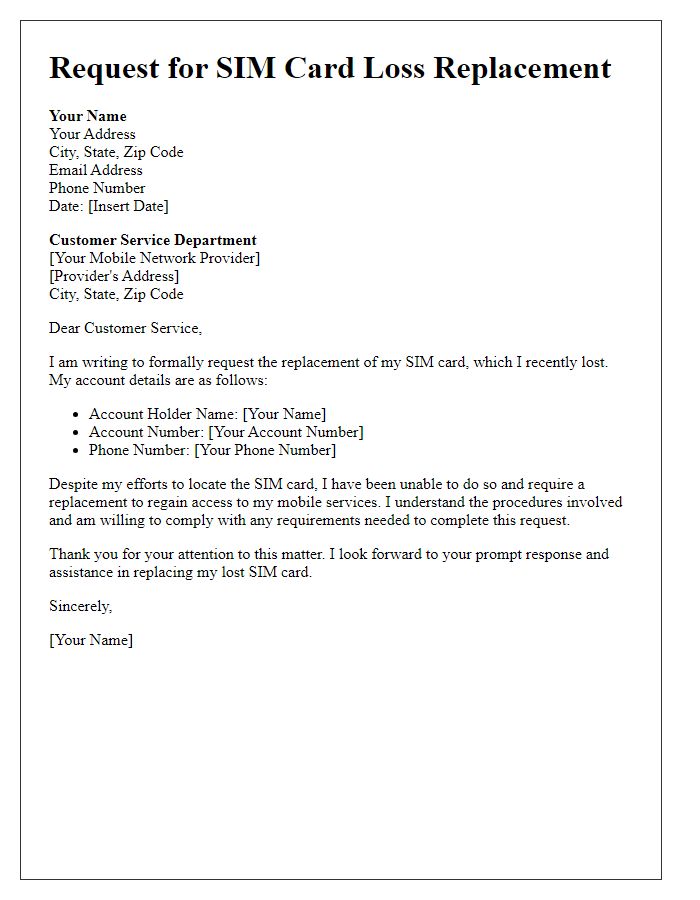
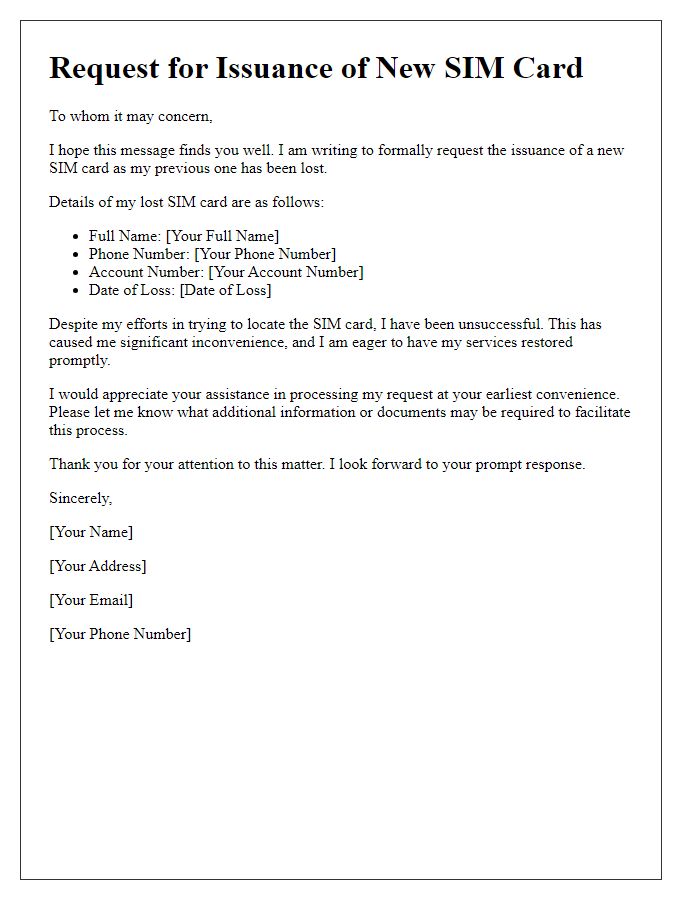
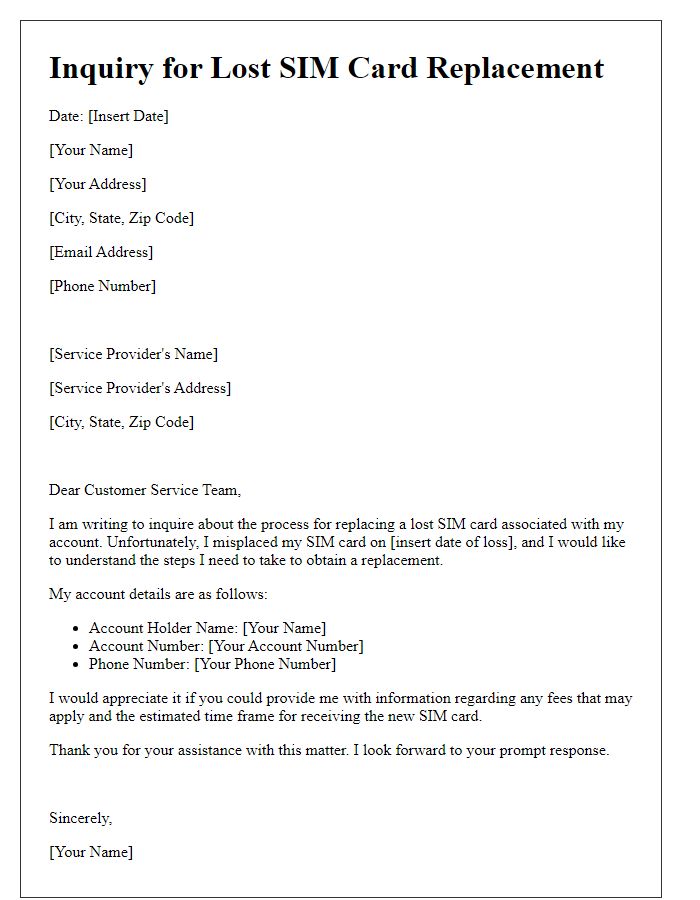
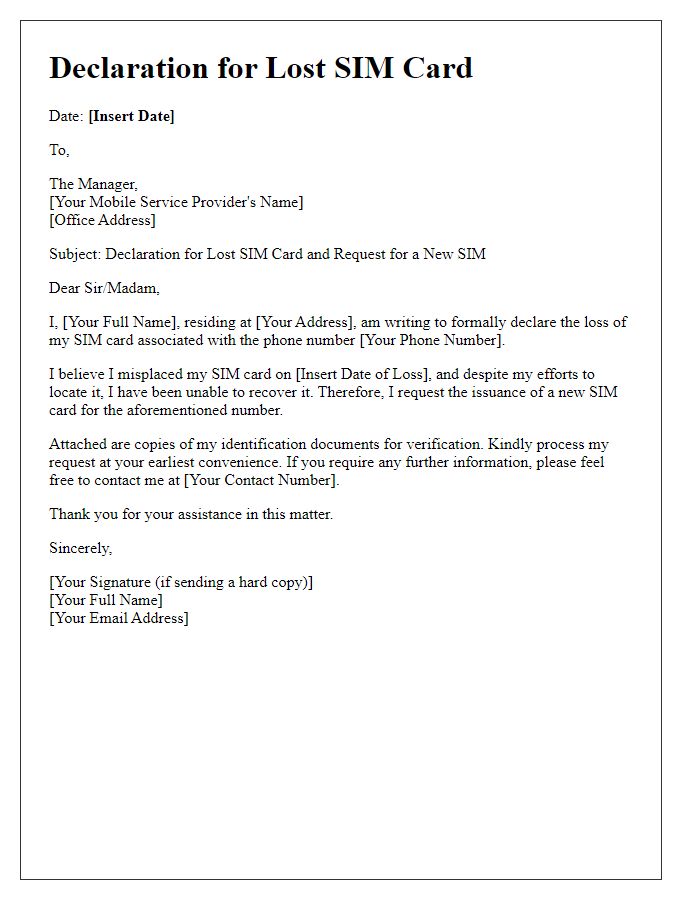
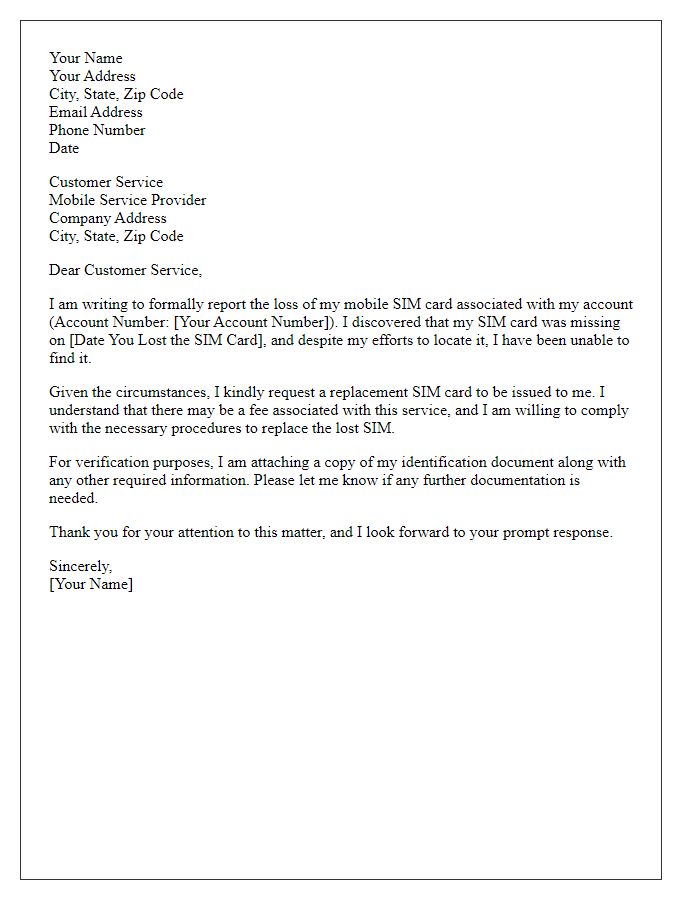
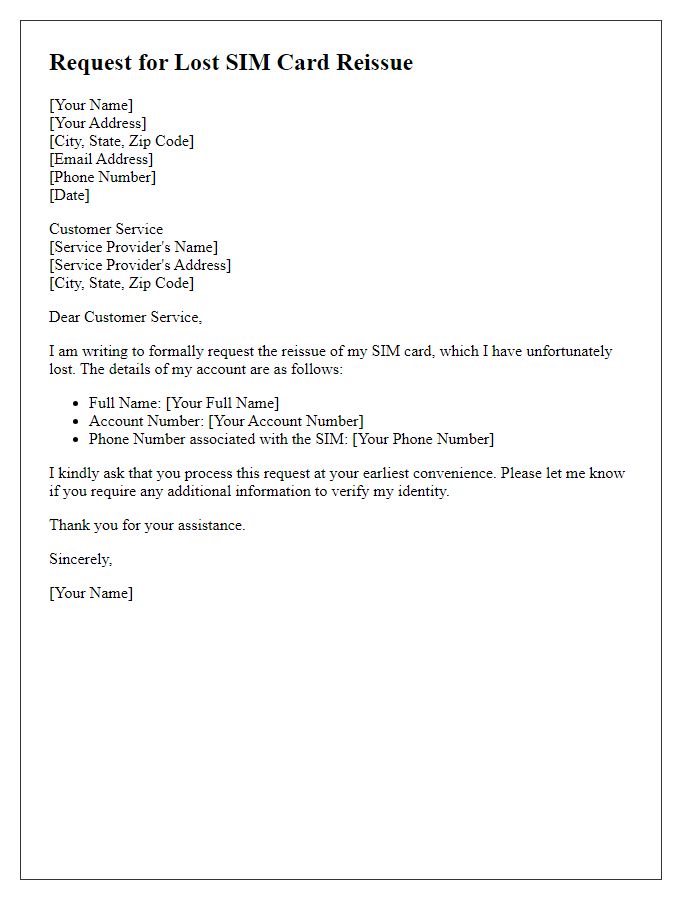
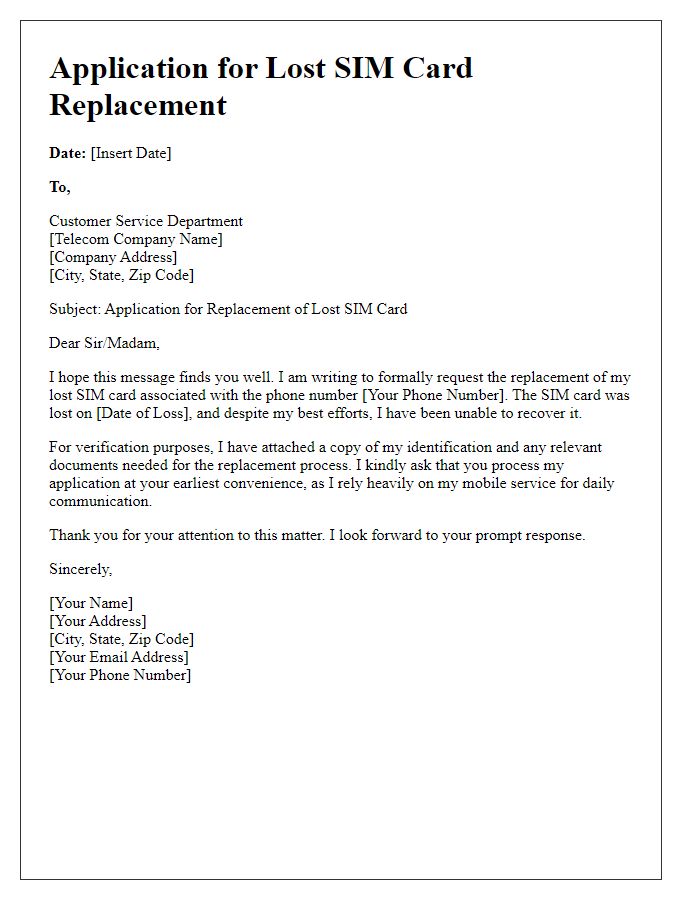


Comments